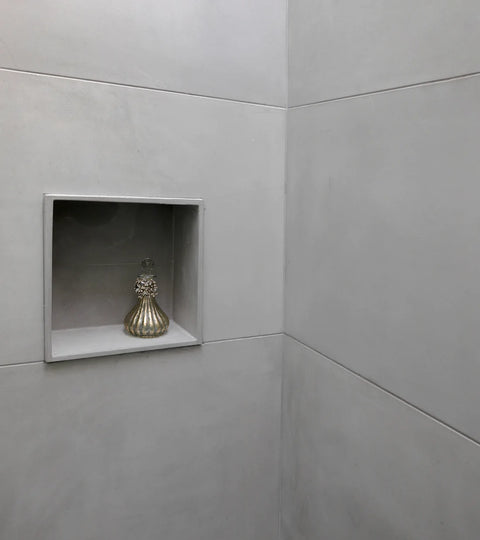What is concrete ghosting?
How to Prevent Ghosting in Concrete Surfaces Due to Material Thickness
Ghosting is a common problem that can occur in concrete surfaces when there are differences in the thickness of the material used. This can cause the surface to look uneven, with some parts appearing lighter or darker than others, which can be unsightly and create safety hazards. Fortunately, there are several steps that can be taken to prevent ghosting and ensure that the surface is uniform and smooth.Proper Concrete Mix and Placement Techniques
One of the most important aspects of preventing ghosting in concrete surfaces is ensuring the quality of the concrete mix itself. The mix should be properly proportioned, and the ingredients should be well-mixed to ensure consistency throughout. The use of high-quality materials and proper mixing techniques can help prevent variations in the thickness of the material, which can lead to ghosting.Using proper placement techniques when pouring the concrete is also crucial to prevent ghosting. The concrete should be spread evenly to ensure that there are no areas of different thicknesses. Using a screed board or float can help ensure a smooth and even surface. Paying attention to the screeding process is essential to make sure that the surface is even and consistent throughout.
Proper Curing
Proper curing is also essential to prevent ghosting. The concrete should be allowed to cure for the recommended time and kept moist during the curing process. Curing is a critical stage in the process of concrete placement, and it must be carried out appropriately. The length of the curing process can vary depending on the type of concrete used and the environmental conditions. In addition, the curing process must be carefully monitored to ensure that the concrete remains moist and does not dry out too quickly. If the concrete dries out too quickly, it could crack, which would create irregularities in the surface.Weather Conditions and Maintenance
Weather conditions can also affect the curing process and potentially create irregularities in the surface. Extreme temperatures, high humidity, and windy conditions can all affect the curing process. It is essential to consider the weather conditions during the planning and execution of the concrete placement process to ensure optimal conditions for curing.Proper maintenance of the concrete surface is also important in preventing ghosting. Regular cleaning and sealing can help protect the surface and prevent the development of discoloration or other irregularities over time. Regular inspections can also help identify any potential problems before they become more significant issues.
Additional Techniques
In some cases, it may be necessary to use additional techniques to prevent ghosting, such as the use of retarders or accelerators in the concrete mix. Retarders slow down the setting process of the concrete, which can be useful in hot weather or when dealing with large surface areas. Accelerators, on the other hand, speed up the setting process, which can be useful in cold weather or when dealing with a tight deadline.Conclusion
Preventing ghosting in concrete surfaces requires careful planning, attention to detail, and proper execution of the placement and curing processes. By using the same thickness of material throughout the surface, using proper placement techniques, ensuring proper curing, applying appropriate surface treatments, and considering factors such as weather conditions and maintenance, ghosting can be prevented, and the surface can be made uniform and smooth. By following these steps, concrete surfaces can be made aesthetically pleasing and safe for users.


0 Comments
There are no comments yet. Be the first one to post one!